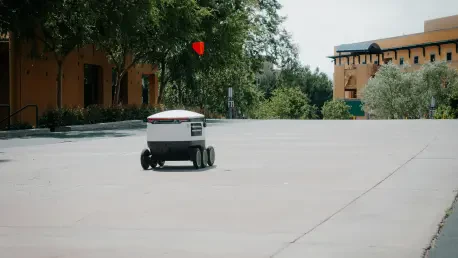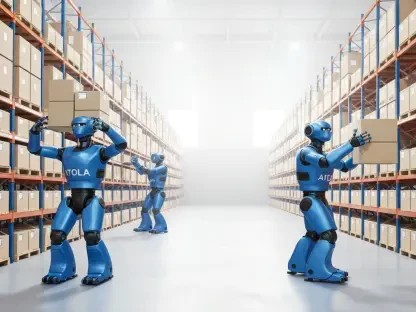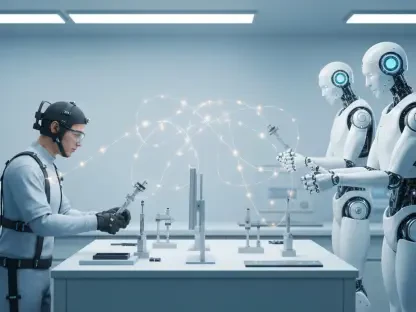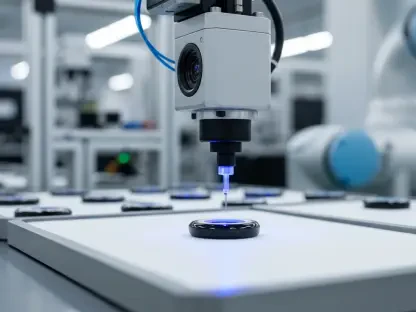Imagine enjoying a morning coffee at a local café while a robot serves the cappuccino. Across the street, autonomous vehicles whisk away passengers, and robot cleaners swiftly tidy up the airport’s vast terminals. This isn’t a sci-fi movie scene but a rapidly emerging reality in cities worldwide. As robot integration changes the urban landscape, the question arises: Are cities truly prepared for the societal and economic shifts these robots bring?
The Rise of Robotics in Cities
The integration of robotics into daily urban scenarios marks a fascinating shift in how cities function. No longer confined to manufacturing plants or research labs, robots now play visible roles in public spaces, from serving at restaurants to maintaining hygiene in airports. This transformation isn’t just about novelty; it’s driving efficiency and introducing new levels of service that redefine urban living. However, with the thrilling progress comes an imperative need to address potential disruptions and disparities these mechanical residents might introduce.
The Pressing Need for Inclusive Integration
Addressing this challenge requires an understanding of robots’ significance in tackling urban issues. On one hand, they promise to enhance productivity and streamline operations. On the other, they pose risks of job displacement and ethical conundrums linked to automation. The urgency of creating policies that balance technological advances with social equity is growing as cities attempt to align robotic capabilities with human needs.
Gaps in Policy: The Barrier to Progress
Despite the benefits, significant policy gaps remain regarding robotics in urban spaces. Privacy, ethics, and equitable access are areas still inadequately addressed by current frameworks. An analysis of cities like Hong Kong, Seoul, Shanghai, Singapore, Taipei, and Tokyo reveals varied approaches and gaps in governance. These case studies highlight the lack of cohesive strategies necessary to ensure responsible and fair integration of robots in societal structures.
Industry Experts Weigh In
Leading voices like Professor Michael Mintrom and Associate Professor Shanti Sumartojo emphasize the importance of anticipatory policymaking. Dr. Mintrom pinpoints the absence of citizen engagement as a core policy flaw—a necessary component for understanding public sentiment on robotic influences. Policymakers in cities such as Taipei, Tokyo, and Shanghai are beginning to embrace citizen input, yet there remains an overarching need for broader adoption of participatory policymaking practices.
Pathways to Proactive Urban Planning
Adapting urban planning to accommodate robotic advancements requires a strategic implementation of co-design principles. Involving citizens in the design and policy creation regarding robotics ensures that technological integration serves the public interest. Urban planners must be proactive, incorporating community input to craft policies that prioritize ethical considerations and equitable benefits for all residents, fostering innovation that resonates with societal values.
Bridging the Gap for a Harmonious Future
As the reality of robots in cities becomes more prominent, it becomes crucial to take action, bridging the policy gaps identified. Cities will need to build robust frameworks that not only embrace technological advancements but also protect social interests and ensure equitable opportunities. The hope is for a future where robotic and human coexistence is not just feasible but flourishing, offering improved services without compromising ethical standards. The success of this transition will depend heavily on cities’ abilities to foster inclusive policies and prepare for the transformations ahead.









